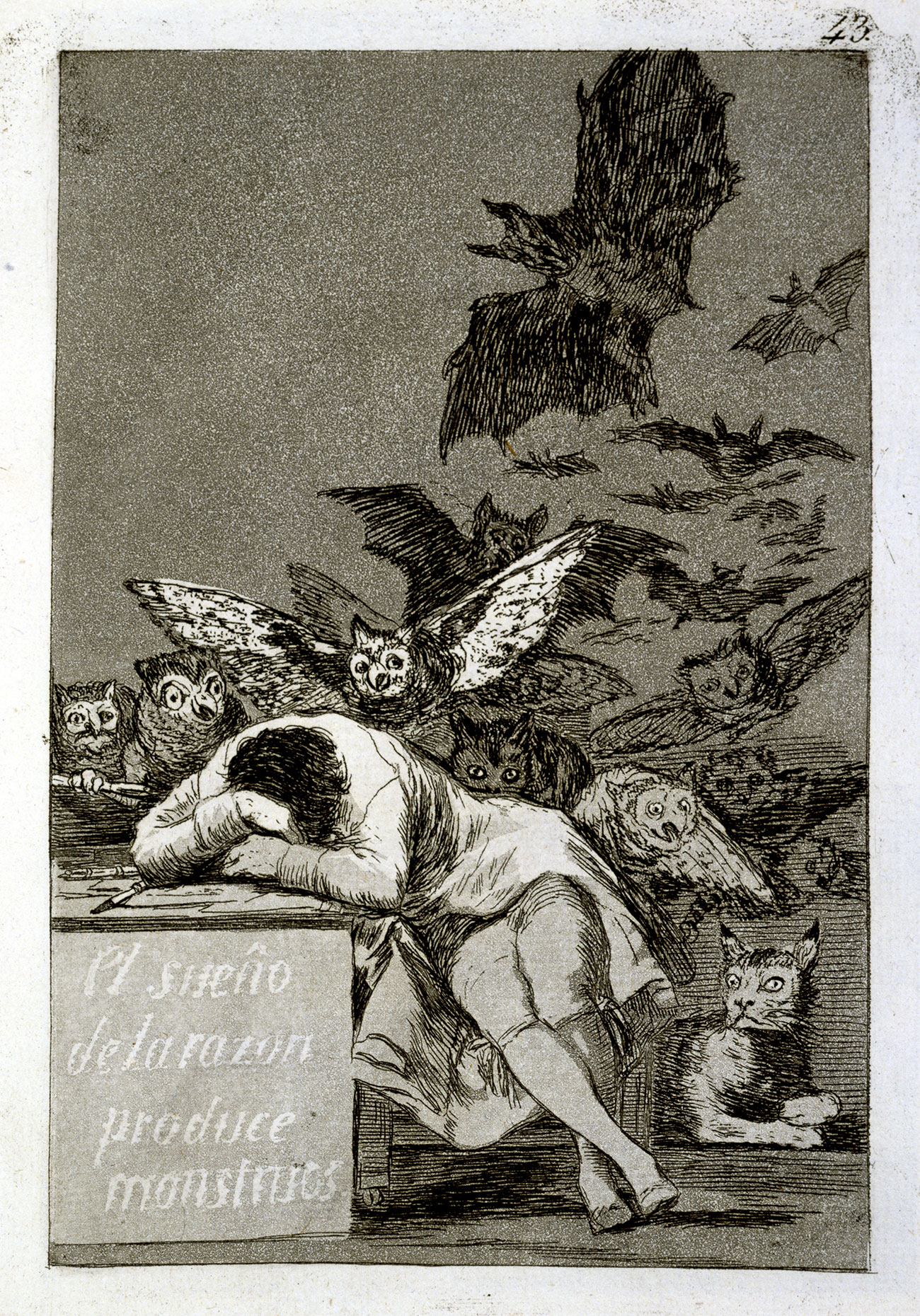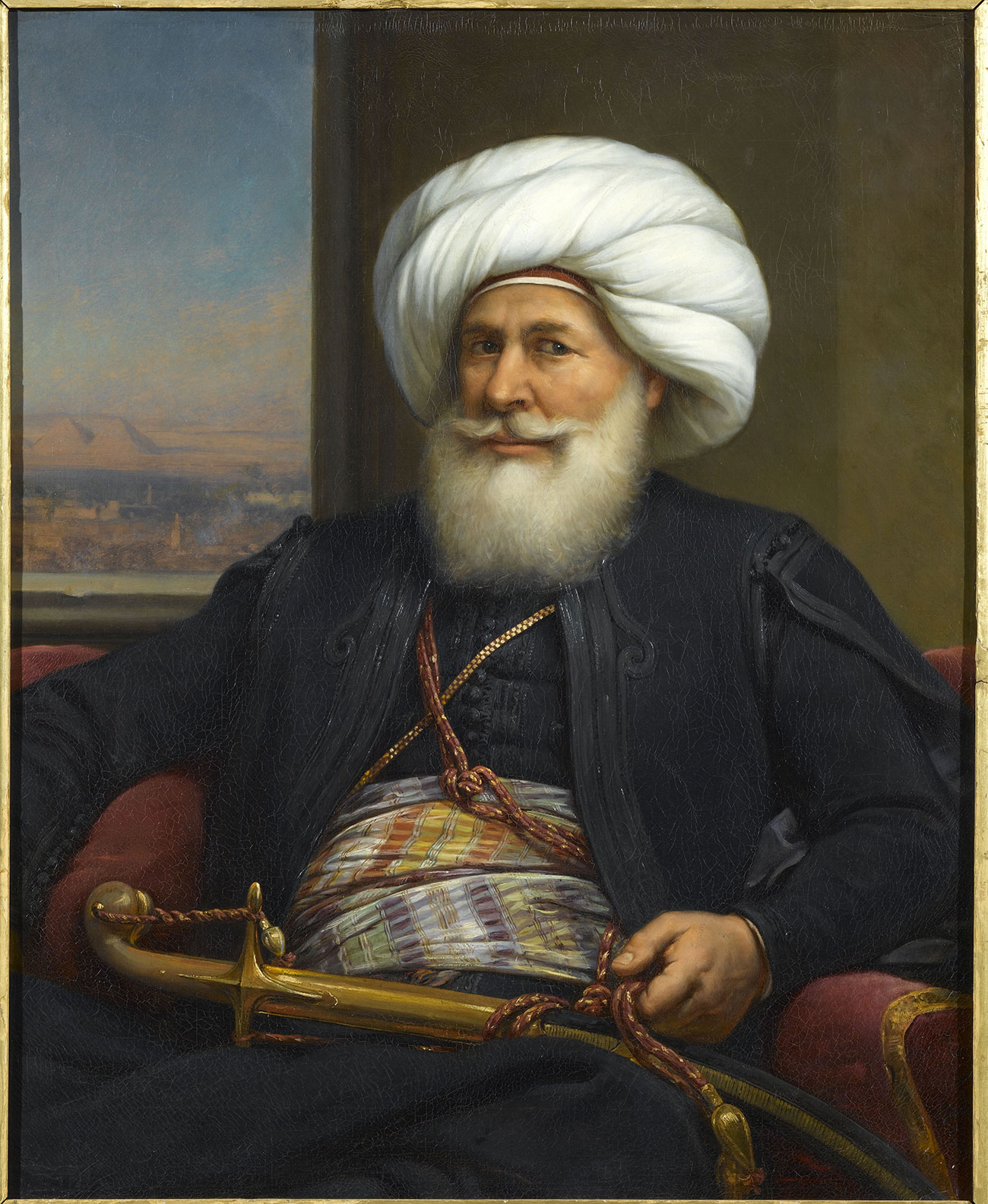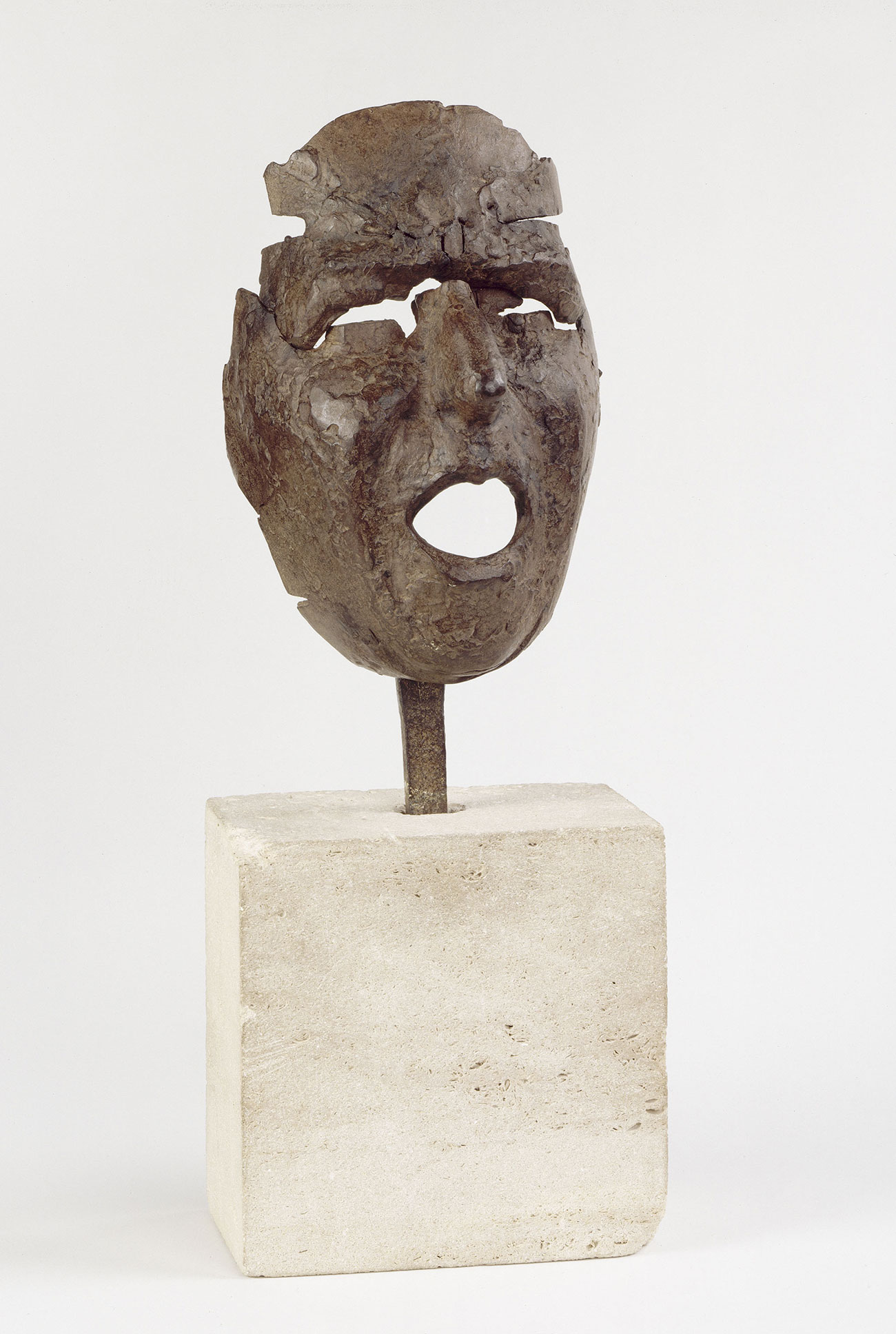The Black and the Blue, a mediterranean dream…




The black and the blue, Goya and Miro, ombre e sole…
The Enlightenment and its shadows, like both sides of a same world, a response to the very idea of civilisation, created in the 18th century. Goya is the key to this. Illuminados, man of the Enlightenment, he is one of the few who was able to see his shadows. In his Disasters of the war he revealed “what, in man, aspires to destroy him” (Malraux). This black colour, like a sort of continuous bass note, can be found throughout the exhibition. But with the black comes the blue…
Blue: “This is the colour of my dreams.” Miro retreated to his island, Majorca, and immersed himself in the Mediterranean. Like the inaugural power of the dream, the utopia, his blue is a symbol, an icon even of this desire to find within man what creates him. A Mediterranean dream… A dream that often goes in one direction only, a projection of the North upon the South, that calls us to go and see what’s happening on the other side of the mirror. What is the Other person’s dream? Examining the perceptions and representations of the Mediterranean, this exhibition is an invitation to tell a story and to travel, in twelve phases, through the layers of time, from the 18th century to the present day. An invitation to dream that never forgets to confront the nightmares of history head-on, because “there is no document of civilization which is not at the same time a document of barbarism” (Walter Benjamin).
Coproduction: MuCEM, Marseille-Provence 2013, Rmn-Grand Palais
With the support of Louis Vuitton, partner of MuCEM and EDF, official partner of MP2013
In partnership with: France Info, France Bleu Provence, France 3, RFI, Radio Monte Carlo Doulaliya
The black and the blue, Goya and Miro, ombre e sole…
The Enlightenment and its shadows, like both sides of a same world, a response to the very idea of civilisation, created in the 18th century. Goya is the key to this. Illuminados, man of the Enlightenment, he is one of the few who was able to see his shadows. In his Disasters of the war he revealed “what, in man, aspires to destroy him” (Malraux). This black colour, like a sort of continuous bass note, can be found throughout the exhibition. But with the black comes the blue…
Blue: “This is the colour of my dreams.” Miro retreated to his island, Majorca, and immersed himself in the Mediterranean. Like the inaugural power of the dream, the utopia, his blue is a symbol, an icon even of this desire to find within man what creates him. A Mediterranean dream… A dream that often goes in one direction only, a projection of the North upon the South, that calls us to go and see what’s happening on the other side of the mirror. What is the Other person’s dream? Examining the perceptions and representations of the Mediterranean, this exhibition is an invitation to tell a story and to travel, in twelve phases, through the layers of time, from the 18th century to the present day. An invitation to dream that never forgets to confront the nightmares of history head-on, because “there is no document of civilization which is not at the same time a document of barbarism” (Walter Benjamin).
Coproduction: MuCEM, Marseille-Provence 2013, Rmn-Grand Palais
With the support of Louis Vuitton, partner of MuCEM and EDF, official partner of MP2013
In partnership with: France Info, France Bleu Provence, France 3, RFI, Radio Monte Carlo Doulaliya


